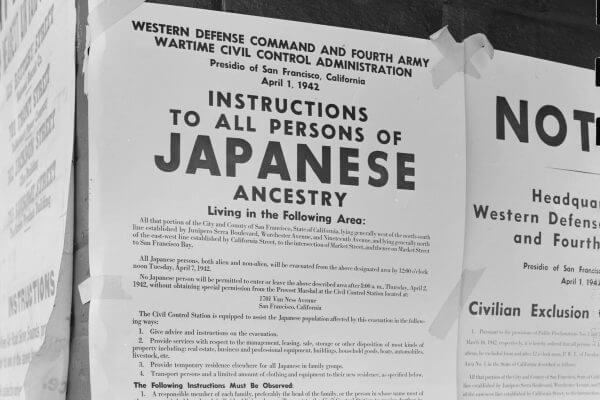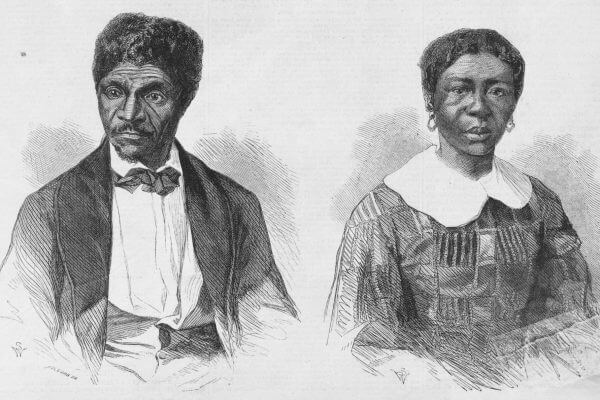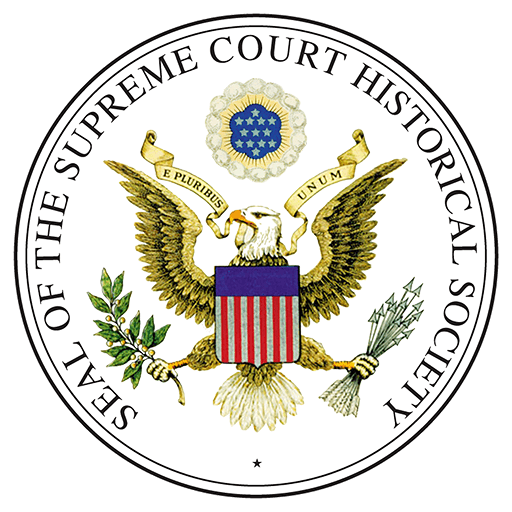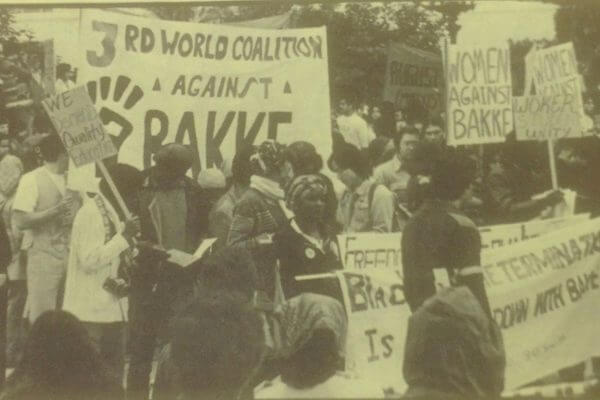
Regents of the U. of California v. Bakke (1978)
Affirmative Action Must Be Limited and Race Cannot Be Sole Criterion
Protest against the California Supreme Court's decision in Bakke, Los Angeles, May 7, 1977
Photo Credit: Unknown Author, Public domain, via Wikimedia Commons
Overview
In the early 1970s, the University of California Davis School of Medicine devised a dual admissions program to increase representation of racial minorities and “disadvantaged” students. Allan Bakke, a White person, applied to and was rejected from the regular admissions program. Applicants of color with lower grade point averages and test scores were admitted under the specialty admissions program. Bakke filed suit, alleging that the dual admissions system violated the Equal Protection Clause of the 14th Amendment and excluded him on the basis of race. The Supreme Court found for Bakke against the rigid use of racial quotas, but also established that race was a permissible criterion among several others.
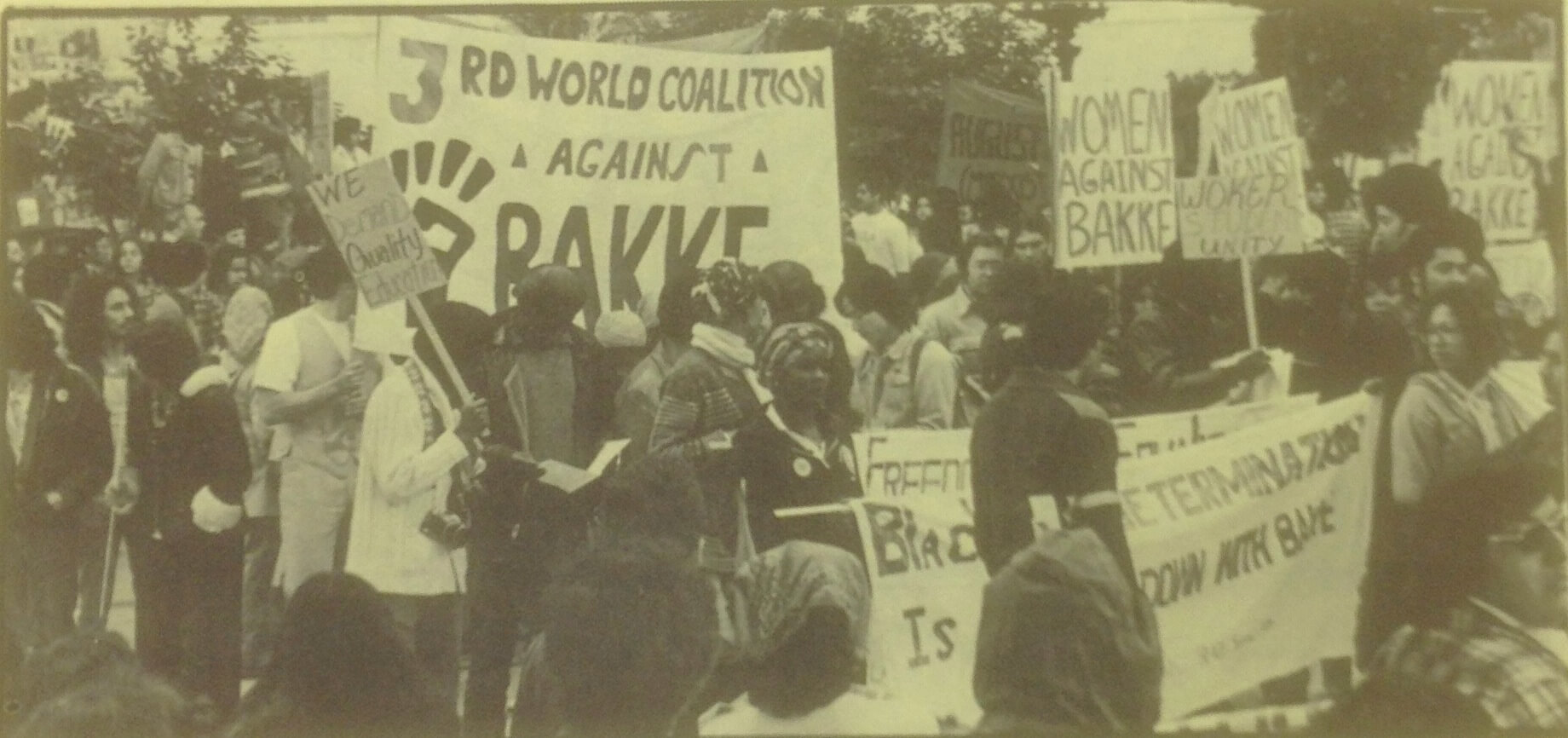
Protest against the California Supreme Court's decision in Bakke, Los Angeles, May 7, 1977
Photo Credit: Unknown Author, Public domain, via Wikimedia Commons
"Race or ethnic background may be deemed a ‘plus’ in a particular applicant’s file, yet it does not insulate the individual from comparison with all other candidates for the available seats."
- Justice Lewis Powell, speaking for the Court
Learning About Regents of the U. of California v. Bakke
Students
This section is for students. Use the links below to download classroom-ready .PDFs of case resources and activities.
About the Case
Full Case Summaries
A thorough summary of case facts, issues, relevant constitutional provisions/statutes/precedents, arguments for each side, decision, and case impact.
Case Background and Vocabulary
Important background information and related vocabulary terms.
Learning Activities
Teachers
Use the links below to access:
- student versions of the activities in .PDF and Word formats
- how to differentiate and adapt the materials
- how to scaffold the activities
- how to extend the activities
- technology suggestions
- answers to select activities
(Learn more about Street Law's commitment and approach to a quality curriculum.)
About the Case
- Full Case Summaries: A summary of case facts, issues, relevant constitutional provisions/statutes/precedents, arguments for each side, decision, and impact. Available at high school and middle school levels.
- Case Background: Background information at three reading levels.
- Case Vocabulary: Important related vocabulary terms at two reading levels.
- Diagram of How the Case Moved Through the Court System
- Case Summary Graphic Organizer
- Case Summary Graphic Organizer - Fillable
- Decision: A summary of the decision and key excerpts from the opinion(s)
Learning Activities
After the Case
- Applying Precedents: Fisher v. University of Texas (2016)
- The Michigan Affirmative Action Cases
- Cartoon Analysis
- Mini-Moot Court Activity: Fisher v. University of Texas at Austin (2016)
- The 14th Amendment’s Equal Protection Clause
Teacher Resources
Teaching Strategies Used
Planning Time and Activities
If you have ONE day...
- Read the background summary (•••, ••, •) and answer the questions.
- Complete the Classifying Arguments Activity. Discuss which arguments the students find most convincing.
- For homework, have students read the Key Excerpts from the Opinion and answer the questions. Follow up the next day by reviewing the questions with students.
If you have TWO days...
- Complete all activities for the first day (excluding homework).
- On the second day, complete the Applying Precedents Activity.
- Complete Understanding the Decision activity.
- For homework, have students read the Key Excerpts from the Opinion and answer the questions. Follow up the next day by reviewing the questions with students.
If you have THREE days...
- Complete all activities suggested for the first and second days (including homework).
- On the third day, complete the Cartoon Analysis Activity.
- Complete Applying Precedents Activity: Fisher v. University of Texas at Austin (2016). Or complete the Michigan Affirmative Action Cases activity.
- For homework, have students complete the 14th Amendment’s Equal Protection Clause activity.
If you have FOUR days...
- Complete all of the activities suggested for the first, second, and third days (excluding homework).
- On the Fourth day, complete Mini-Moot Court Activity: Fisher v. University of Texas at Austin (2016)
- For homework, have students complete the 14th Amendment’s Equal Protection Clause activity.
Glossary
These are terms you will encounter during your study of Regents of the U. of California v. Bakke. View all Glossary terms here.
Related Cases
Legal Concepts
- These are legal concepts seen in Regents of the U. of California v. Bakke. Click a legal concept for an explanation and a list of other cases where it can be seen. View all Legal Concepts here.
